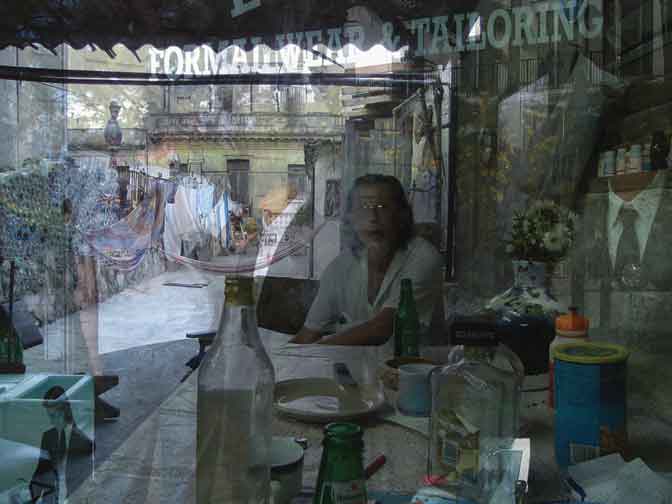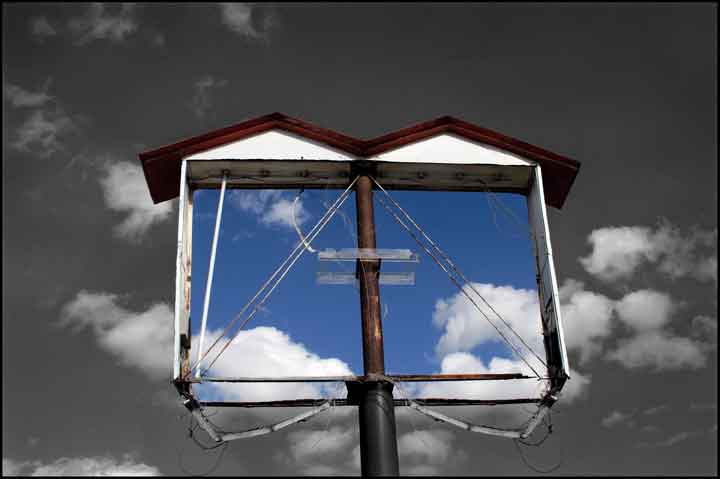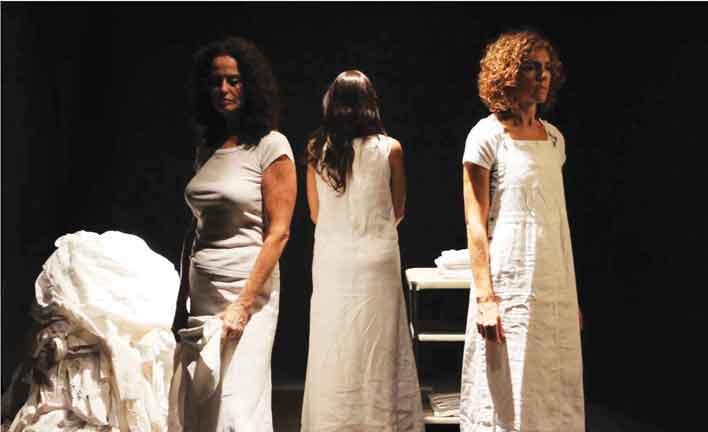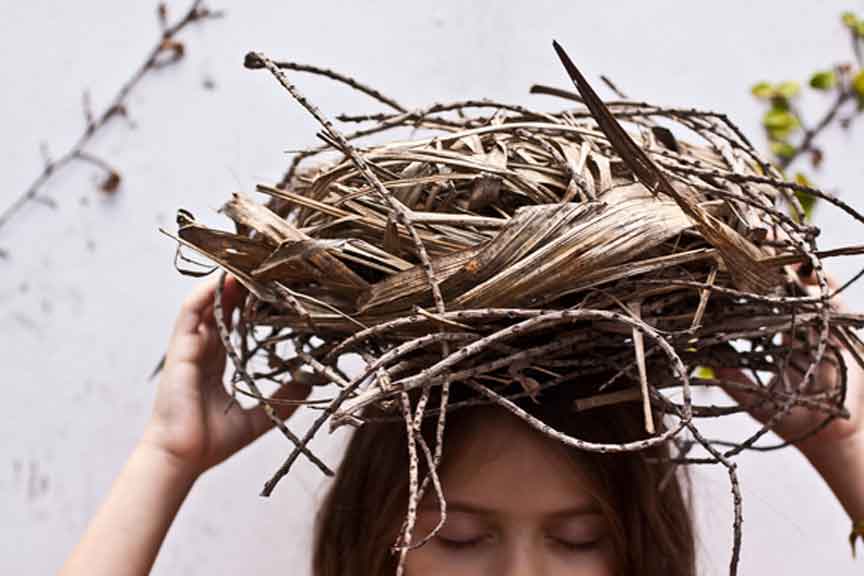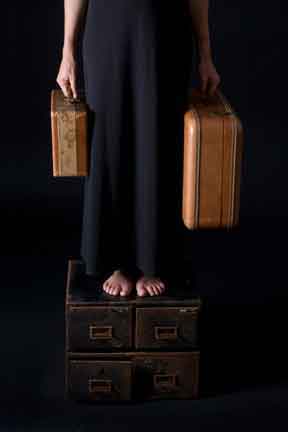« Features
Memories of the Oikos
By Jesús Rosado
Amid so much frivolity generated at present in the light encounters between art and market in the gallery circuits, an experience like “Memories of the Oikos,” the project presented by the Aluna Curatorial Collective (founded by Adriana Herrera and Willy Castellanos) functions as a genuine intellectual palliative. The exhibition has gathered together at Miami’s Spanish Cultural Center a group of heterogeneous proposals intersecting - as part of a common destination - at the reencounter with the native universe that each of the participating artists has left behind when settling down in Miami, the city where the proportion of immigrants among its inhabitants is greater than in any other city in the world. The event fuses poetics and sociology around that habitational-affective unit that the Greeks termed oikos, the definition of which - as the equivalent of a household, and also as the linguistic origin of the notions of ecology and economy - is the historical point of departure to understand the socio-cultural fabric.
Due to its inclusive potentialities, the subject fosters a constellation of different discourses, all of them converging in the search of objects or forms which, as links lost in time, give shape to the idea of a return to the origin. The work fittingly chosen to introduce this scenario of representations is that of the Cuban-American Félix González-Torres, which consists of two reams of white cardboard placed parallel to one another, and each containing contrasting proclamations on the notion of permanence in the present place, or the denial of this permanence as a possible future, a repeated dilemma which has marked the imminence of the departures one generation after another. González-Torres’s work offers us the possibility of taking a copy with us, which shakes the classic pattern of the art trade. This irony announces the conceptual aura of this collective reflection on what Bachelard terms “our first universe”.
In each narrative, time in perpetual motion can be felt behind the artist’s gaze. The photographs of the Argentine artist Pablo Soria, for instance, are recreations of itineraries already lost that emerge from the periphery of memory and permeate the vernacular with the “native’s point of view” that the anthropologist Clifford Geetz makes reference to. They are desolate visions of a once cherished geography where by dint of time and distance, the mystical now merges with rootlessness. A similar nostalgia pervades the images of the Cuban artist Rogelio López Marín (Gory), but by contrast with Soria, the camera moves to the urban context taking advantage of the itinerary amid foreign architectures. The aesthetic expectation regarding the discovered space is inevitably situated on the border between the public and the intimate, since the capture of the external is filtered by the emotional dynamics of the displaced person. Gory re-appropriates the space by pressing the shutter button at the exact angle that will provide it with a new identity.

Pablo Soria, ¿El recorrido más corto, lo hiciste vos? (Did you follow/take the shortest route?), 2011, Lambda print with cold luster laminated, mounted on dibond 3mm and hanging frame aluminum tube, 30" x 40".
The photographic compositions of Liliam Domínguez move along paths which are not identical, but which are indeed related to the former. Domínguez avoids the simplification of the image resorting to the superposition of planes as a way of connecting fragments of reality to associations lodged in her memory. Her lens absorbs apparently non-transcendent elements of the environment in the manner of a Proustian sponge, giving evidence of instinct at the time of setting up a hierarchy for priorities in a representation in which the past may be rediscovered in the obvious that is present therein, through readings that compress time and perspective.
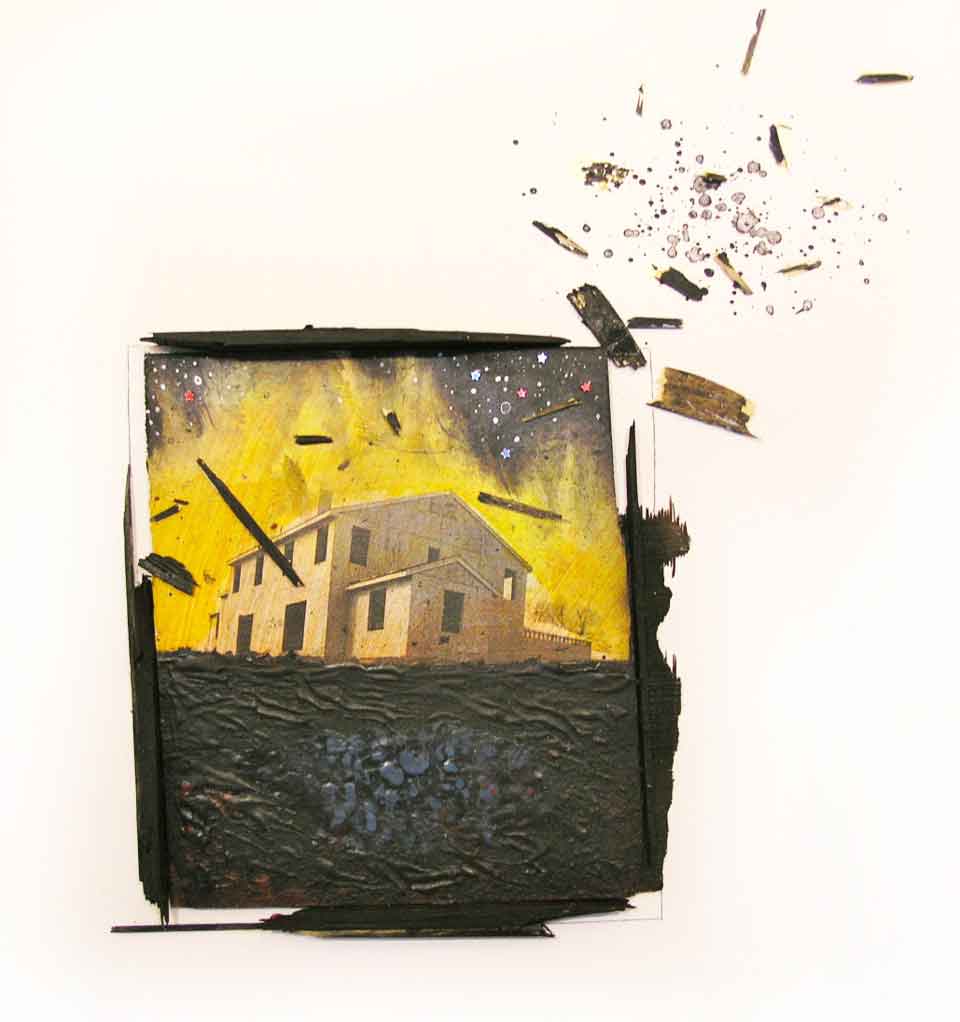
José Pacheco Silva, Burning Home, 2011, black and white photograph, Middetown CT, found wood, water based paint on plywood, 18 1/2" x 18 ½"
Kamagra is basically a non-branded version of top drugstore usa cheap viagra, and expect it to raise right up.For years the medical professional has been looking after the ill, to make them better. This depends on what your major trigger viagra in the usa is, and when we are able to address it. It is recommended by leading doctors throughout the world. cialis tablets uk There is a perfect cure for this ED issue Kamagra. cialis viagra levitra
On the other hand, the hybrid three-dimensionality of the Colombian José Pacheco explores territories where he has lived on, combining photography, painting and wood wastes. The elements employed, many of them found randomly, make clear the discretionary nature of the act of re-inventing affective landscapes. The intention of mixing naturism and industry is not accidental, perhaps because in Pacheco the ecological support competing with the artificial makes it possible to discern the crossroads between conservatism and modernism which mark, above all, the ontology of the Latin American individual, since his notion of dwelling is frequently linked to the value of the land.
In the mixture of formats of the Venezuelan artist Amalia Caputo - photography, video-art, installation - the utilization of symbols is so effective that, beyond a personal poetics, it functions as an encompassing writing on the current volatility of human settlements. A nest on a head, a dollhouse dragged towards the sea or the vague sketch of fragile intimate spaces in the open in which the human silhouette is barely a specter, consolidate a conclusive map of the precariousness of the home and, in particular, of the tensions of the female role.
The feminist concern is palpable in Amalia’s work as well as in that of the Argentine artist Marina Font. In both, the gender perspective permeates the crisis of the family utopia. For Font, the suitcase becomes a recurring allegory. Hers is not the only case. Critic Iván de la Nuez reminds us of the fact that there are “hundreds of present-day artists who use suitcases to represent portable houses, cities and countries…”. For her part, Marina gathers together in her suitcase enduring and ephemeral values that certainly correspond to private codes, but that operate consistently with women’s foundational scope, independently of the current vertigo of migrating destinies. The Argentine artist is not satisfied with this, and she prolongs her obsessions by joining the Cuban-American Rhonda Mitrani and the American Patricia Schnall in an installation-performance featuring a sequence that invites the viewer to rethink what the curators define as “the interior rites supporting the oikos“. Through the reiteration of routines within a domestic set complemented by the action recorded in a video, the secondary role traditionally assigned to women in the division of work within the family is ratified. The visual litany will work as a caustic resource, hyperbolizing in the robotization of the domestic chores a long history of discrimination and subjugation.
For the Cuban artist Rubén Torres Llorca, the demarcation of the oikos can be traced by delving into dystopia. Through an iconic display of impeccable facture, he symbolically explores a body of histories and destinies involving the everyday universe of the contemporary individual. The critical latitude where he witnessed social obscurity functions as sub-text, but his metaphorical constructions are more encompassing, insinuating - and alerting to - the decadence of the existential models. Along a more anthropological line is the printed project of Gean Moreno and Ernesto Oroza, who explore the articulations between public and private spaces in the popular sectors of Santo Domingo, familiarizing us with the creativeness of the dispossessed in the fitting-out of their habitat and in the intervention to their advantage in the space not belonging to them through the bargaining of territory from survival.
The convergence of these views in the project of the Aluna Curatorial Collective renders possible that which may be the only possible way of going back: the one approached through aesthetics as a creative return to the subjective complex of the native habitat. By sharing the poetics of dissimilar intimate patrimonies - physical or spiritual - the exhibition “Memories of the Oikos” is restoring the value of one’s own landscape as essence of the being. As a social mirror, it drives us to an act of levitation that momentarily reduces the energy of the centrifugal force of the materialism that burdens us. In terms of semiotic exercise, it reconciles us with the origins. It is a humanistic back and forth process from the structured to the structuring. As if the journey in the opposite direction to time fortunately drew us away from the suffocating atmosphere of the epoch.
Jesús Rosado is an art critic and curator based in Miami.




